Is your electric bill getting a little too expensive? Do you like Assassin’s Creed? Have you ever wanted to build a Dyson Sphere around the sun? If you answered “yes” to two or more of those questions, then I just might have the game for you. Ereban: Shadow Legacy, is a third-person stealth game where you take on shadowy… or rather, in this instance, very well illuminated corporate elites.
Players experience the world of Ereban: Shadow Legacy through Ayana, a member of the aforementioned Ereban, a race of people who have the ability to immerse themselves in shadow and use it as a tool. To be more precise, she just might be the last Ereban in existence, so she’s on a journey to uncover what happened to her people.
Ayana is presented with a golden opportunity when she’s invited to partake in a trial to see if she has what it takes to be a special agent for Helios, the energy mega-corporation that saved the world from war and instability by harvesting the power of the sun. The facility itself is an odd mix of a training ground and a museum with a sterile sci-fi aesthetic, and it serves as a primer on the gameplay mechanics and lore. In the training ground, the player has to merge with shadows to overcome various obstacles and get accustomed to moving in shadow form. Then you get to the museum portion of Helios, and it’s here where you learn that Helios was founded by a group of 2,000 of the highest caliber intellectuals and philosophers known as “The Enlightened,” which isn’t a conceited thing to title your group of elites at all. That’s right, Helios isn’t just a mega-corporation, it’s a technocratic megacorporation. To top it off, their leader, the Nascent, has died and stored her personality into an A.A.I, or artificial adjacent intelligence, and appears as a giant holographic display and on just about every TV in the place. You can get a general vibe of Helios when you’re told in the museum that they don’t have workers, they have “partners” who tackle everything from saving the world to cleaning the toilets. You know, typical “we’re like a family here” talk.
At this point the flags are so red you’d think they’re communist, as it quickly becomes apparent that something is off. Then, The Nascent offers what might just be the world’s most suspect elevator pitch, saying “Hey, we made this handy throwable device to incapacitate your race specifically!” As one could imagine, the relationship rapidly sours and Ayana manages to escape with the help of an eccentric worker with bright red hair. Unfortunately, the ship they used to escape is downed, and Ayana has to find a way to heal the worker who we learn is named Mira, and face down Syms, Helios’ robot enforcers.
Ayana takes the logical next step in her journey to discover the history of her people: befriending a terrorist organization. The Forgotten Suns are a group who fight against Helios, and Mira belongs to that group. Our friendly Ereban doesn’t necessarily join them, it’s more of a “my enemy of my enemy is my friend” arrangement.
The Forgotten Suns send us on some missions that introduce us to the morality system of the game, as we are given the option to kill or spare Helios’ human workers. The leader of the Forgotten Suns, Set, asks us to go easy on them. I personally took the peaceful route, as killing the workers is equivalent to taking potshots at the Amazon delivery driver every time they come around with a package. While the human workers do alert nearby Syms to your presence, they’re generally easily avoidable and killing them is unnecessary. Given that it’s a morality system, your actions have consequences that I’ll get into later.
On the note of Syms, there are four kinds you’ll face throughout the game. First, there are the basic patrol Syms. They walk around and if they see you, they give chase, shine a light to prevent you from using your shadow powers if you’re in range, and incapacitate you instantly. Next up are the upgraded patrol Syms. They’re like the basic patrol but they can revive the Syms you’ve eliminated, so it’s wise to prioritize taking them out. They also have a small ring of light radiating from them, but it doesn’t help protect them from sneak attacks much. Moving on, there’s the sniper Sym. They’re perched up high and equipped with a sniper with a really long charge time, so you can kill a Sym in front of them and make it out in time on standard difficulty. If you get close, they teleport to another position with line of sight on where they were. It’s a cool mechanic, but they’re pretty underpowered, and the only time one landed a shot on me was when I let it so that I could see what would happen; surprise, it was death. Finally, we have the stealth Sym. They’re like the patrol Syms, but they’re invisible and they shine their flashlight even without being aggravated.
Ereban: Shadow Legacy is a stealth game in the same vein as Assassin’s Creed, but unlike Ezio Auditore who can dish out pain to endless waves of armed guards, Ayana is incapable of combat, relying purely on stealth takedowns and evasion to get by. Syms don’t just wait around for their turn to attack while you kill their friends, either. If you take one down and another is nearby, it’ll grab you pretty much instantly. If you’re spotted, you have to run. The kills themselves aren’t exactly spectacular, just a quick stab animation. Rather, it’s the route you take that makes the kill feel rewarding, weaving through shadows and avoiding enemy line of sight.
Now it’s time to get into the shadow powers and gadgets, which are the main tools Ayana uses to get an edge over her much larger, much stronger Sym opponents. Starting with gadgets, Ayana has access to a sonar pulse that reveals enemies, a visor for tracking them, a land mine for stunning them, and a decoy to distract them. Each of these gadgets has three levels, the initial unlock of the basic gadget and two upgrades in a linear path. For example, the level three upgrade of the land mine fully consumes in shadow whichever Sym was unlucky enough to step on it.
The other category of upgrades, shadow powers, are even more powerful than gadgets, and with a slightly more complex skill tree to boot. There are active powers like blinding your opponents with shadow, allowing for an easy kill, and then there are passive abilities like being harder to detect. More importantly, there are two sides of the upgrade tree, lethal and nonlethal, and each side has three major ability unlocks, but only three can be obtained in each game file. Leaning in too far to one side will lock you out of the other and the smattering of smaller upgrades that come with it.
The two upgrade systems have their own resources and conditions to gather in order to unlock and craft charges of your abilities. Gadgets can be unlocked as freely as you find their prerequisite material, tech cards. Abilities are similar, using shadow orbs as an upgrade material, but the major keystones of the skill tree are gated behind certain story beats. To add, you can’t spam most abilities; they either have a hefty cooldown or require materials to craft. Overall, the game does a pretty good job of drip-feeding you new abilities to play around with. At the same time, the challenge was rather low on standard difficulty, so towards the later parts of the game it felt like a sneezing baby vs hydrogen bomb-type matchup between Ayana and the Syms. I was heading into battle with an arsenal of technology and shadow powers, and all they had were numbers and gimmicks.
More often than not it was my own hubris that doomed me, as I would run in with no strategy or preparation and die, knowing that the game autosaved only a few seconds prior. Whenever I put more than two seconds of thought into it and played patiently, I would overcome any obstacle. Other times I overestimated the game’s sense of creativity and took a path through the shadows that wasn’t meant to be used, with the end result being a fall to my death. That’s not to say the levels are overly linear, they aren’t, but expect some clear boundaries for creative pathing or how to solve any given problem. Occam’s razor applies and the game makes liberal use of purple paint to show you where to go.
Still, the art direction and large-scale set pieces were always easy on the eyes. While the game could be a bit blunt with its telegraphing at times, it also uses more subtle forms of signposting that fit into the game’s themes, like lighting. The game forces the player to change their perspective, looking at a giant windmill not as a structure to climb, but as a source of moving shadow that can be used to reach a desired location. This design ultimately challenges how the player views negative space and causes them to seek it out.
There’s also quite a bit to be said for Ayana’s design. When she steps into the shadows, her iconic white mask, the tips of her hair, and traditional clothes marked with Ereban symbols illuminate with a frosty pale-blue glow that contrasts well with the darker blues of the rest of her outfit. It’s a small effect that massively adds to her design.
Now that I’ve covered the basics of the plot, morality system, aesthetics, and gameplay, I’d like to go into a little more depth and explain how they tie together. I won’t spoil too much, but if you’re a purist for spoilers then skip to the next paragraph. I would say that the overarching story is good. It’s got decent complexity and nothing is as straightforward as it seems. I do, however, have a few minor gripes with the world-building and tone. The world-building can feel a little undercooked, which makes the setting lack that “lived-in” feel. Your best bet to get some perspective on people’s lives and thoughts is to read the notes scattered around the open levels. These shortcomings mean that most of the characters never get fleshed out, so when it’s their moment to shine, the story beat falls a little flat. A lot of momentum was lost in what were supposed to be high-stakes moments because of this. By the end, I had plenty of questions that were left unanswered. How did the Nascent die? How do people outside of the Forgotten Suns feel about Helios? What is Ereban culture like? They pointed to the fact that biological parts are being integrated into Syms, but it leads nowhere, what’s up with that? For the most part, we get only glimpses of the answers at best. Honestly, most of the lore feels front-loaded into the first mission’s museum, where the game throws a bunch of definitions at you like The Enlightened, The Nascent, Syms, The Age of Lambent.
These shortcomings are compounded by the fact that the game really likes easter eggs. Let me explain. There are plenty of easter eggs in this game; to name some, “The cake is a lie” from Portal, “I hate sand” from Star Wars, there’s a toy version of the protagonist from Aragami, and I’m pretty sure one of the Forgotten Sun members was doing a Commander Keyes name and service number reference from Halo. In addition, “Hey, who turned out the lights” from Doctor Who, “Hello there” from Star Wars, and “Leap of faith” from Assassin’s Creed are all titles for achievements. Mind you, these are just the ones I’ve found.
These easter eggs usually wouldn’t bother me. In fact, I quite like easter eggs, but the game is only a little over five hours long at a leisurely pace, and it’s clearly having trouble with both showing the player deeper levels of the world and consistently carrying a tone that matches the stakes. To me, easter eggs are something you add to elevate the game to a higher level, the icing on the cake if you will. It’s rather disappointing that the easter eggs were all references instead of something along the lines of the Rat Man dens from Portal, as that could have alleviated some of these issues. I can just imagine moving along an alternate path, slipping into some old ruins, and finding a room with a hidden bit of Ereban lore. An easter egg like that would have been nice, as I feel like we don’t learn enough about the Ereban, despite the fact that the game is named after them and their disappearance is a core part of Ayana’s motivation.
When it comes to how the morality system ties into the story, it’s pretty simple. If you killed too many Helios workers, then you’re locked into the bad ending; if you were merciful, then you can choose one of three other endings of varying morality. There are effects related to the gameplay and visuals, but they’re minor and extremely limited. If you were a good shadow lady, then one area of a mission becomes easier because a worker decides to help you out. If you decide to be a murder hobo, then you’ll miss out on the aid and your pale blue fit becomes a violent-violet color. That’s it. Notice how I said “a” mission, singular. I really wish there were more minor morality outcomes rather than a single small change in a later mission, as it feels kind of random with no lead-up. Another aspect I find odd is that the shadow power skill tree is split between lethal and nonlethal. As I said before, the only real antagonists are the Syms, which have no moral bearing on the ending, and you can eliminate as many as you’d like.
To wrap up, Ereban: Shadow Legacy impressed me with how it consistently challenges the player’s perspective on the world around them in both a story and gameplay sense. While the tale the game tells is one of intrigue, the characters and worldbuilding often leave much to be desired. The fun shadowy traversal mechanics and enemy elimination tactics are left to pick up the slack, and they do a pretty good job. That being said, there’s plenty of room for the developers to make a second installment, and I would welcome it with open arms.

If you’re looking for a stealth game to try out, then Ereban: Shadow Legacy is a strong option. While the story is far from a masterpiece, it does its part and serves as a solid catalyst for the player’s shadow powers and allows the player’s perspective to be challenged.
PROS
- Strong visual presentation
- Plenty of fun gadgets and powers
- Choices matter
CONS
- Could use more world-building and character development
- Morality system could have been more impactful
Unless otherwise stated, the product in this article was provided for review purposes.
See below for our list of partners and affiliates:

 2 months ago
93
2 months ago
93

















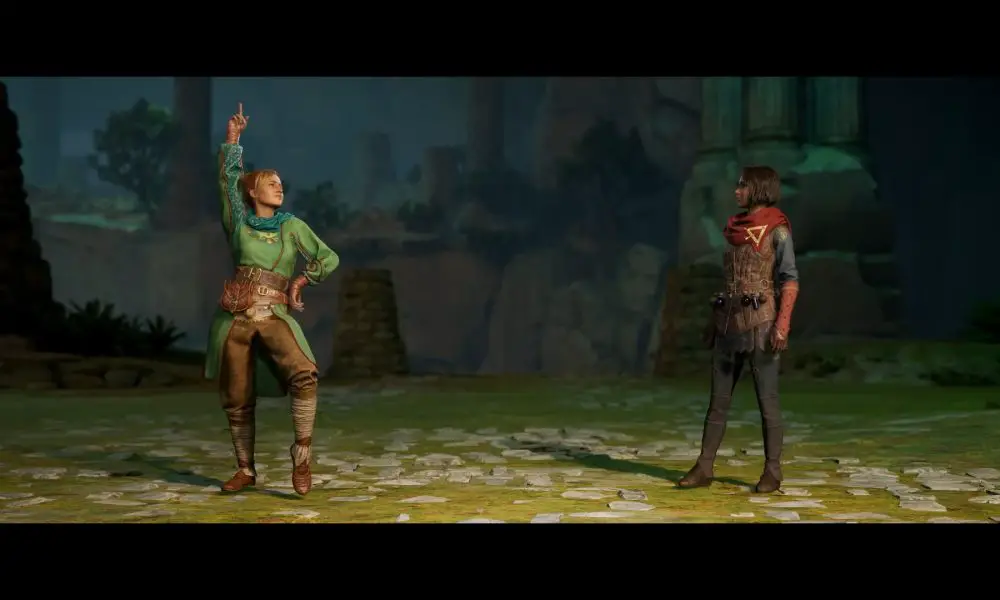
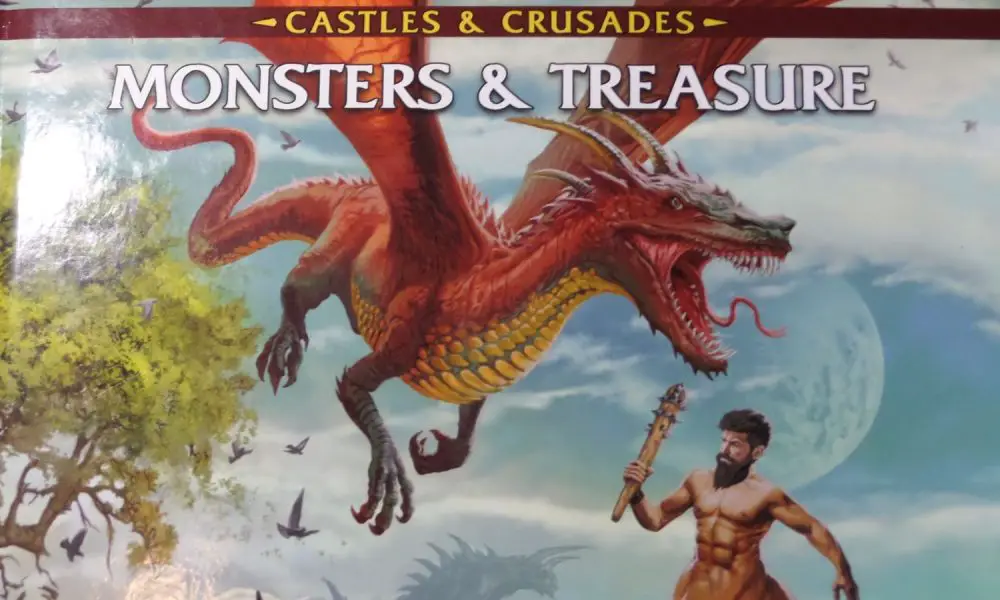
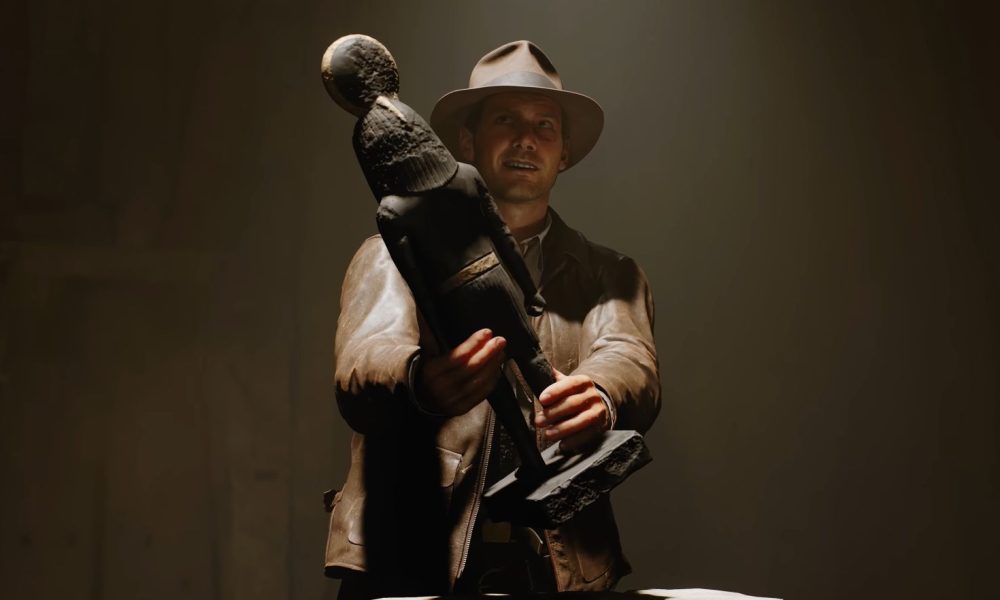
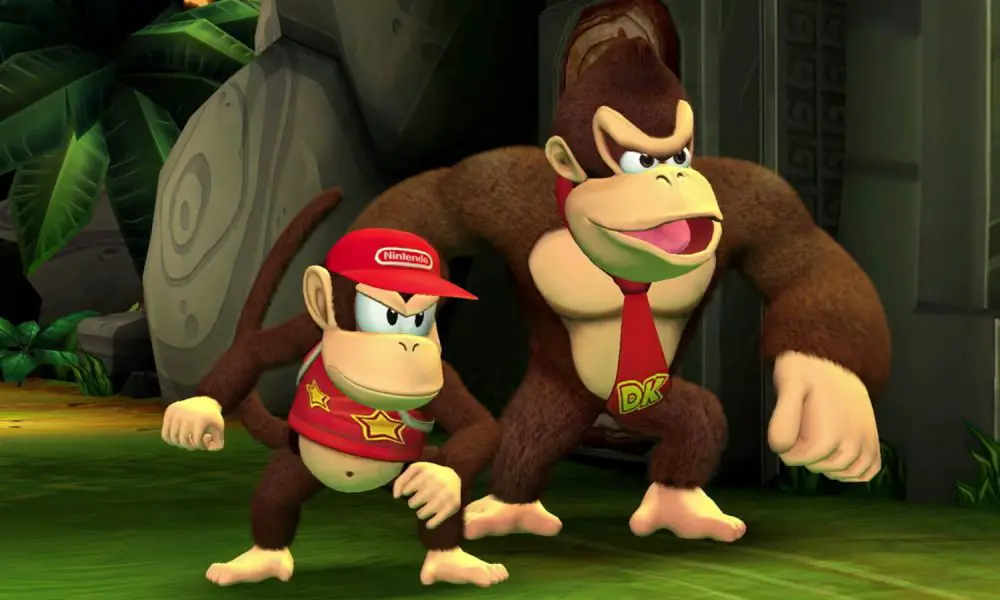

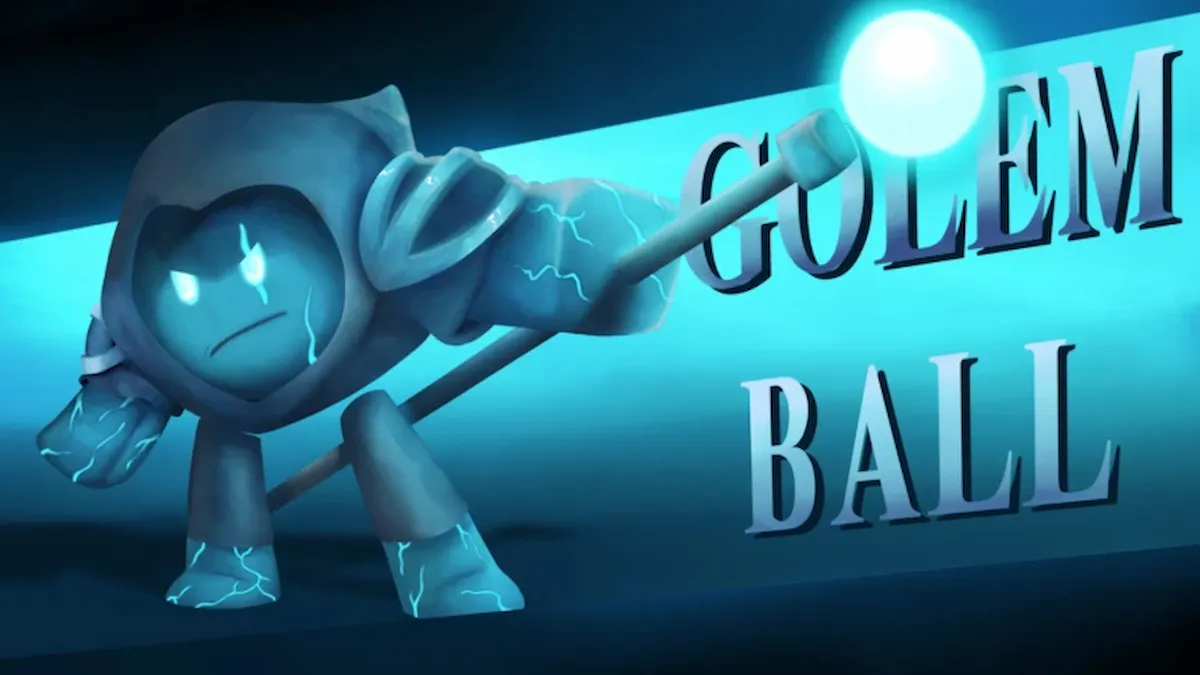
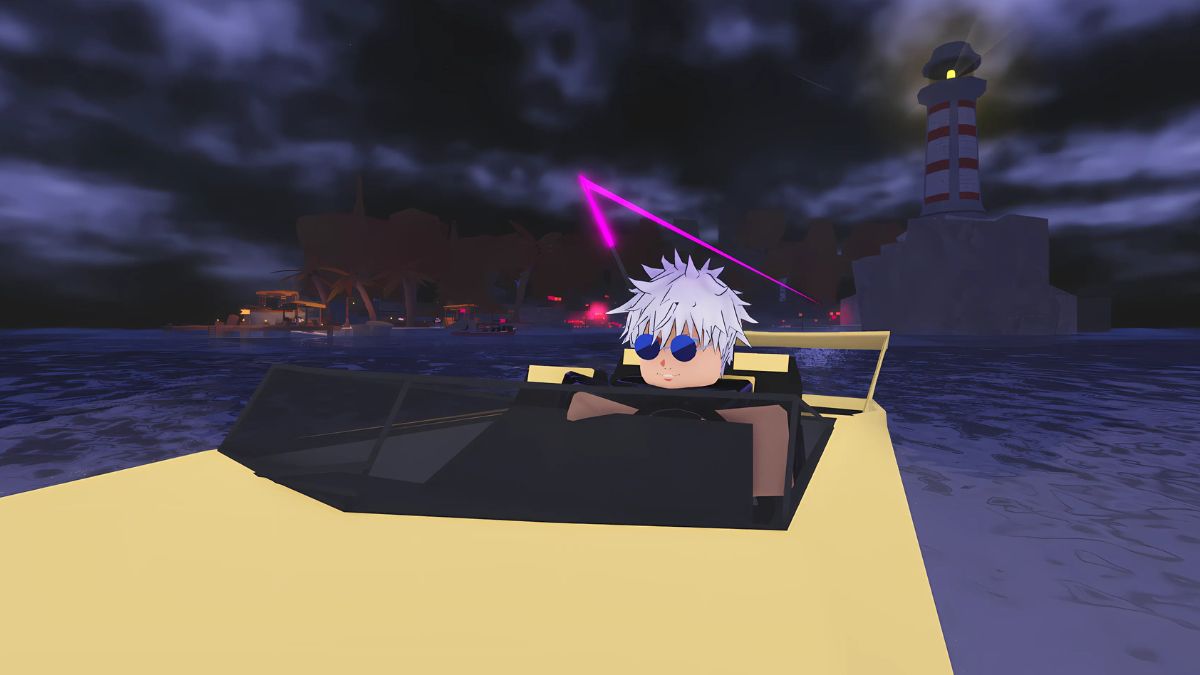
![Anime Reborn Units Tier List [RELEASE] (November 2024)](https://www.destructoid.com/wp-content/uploads/2024/11/anime-reborn-units-tier-list.jpg)
